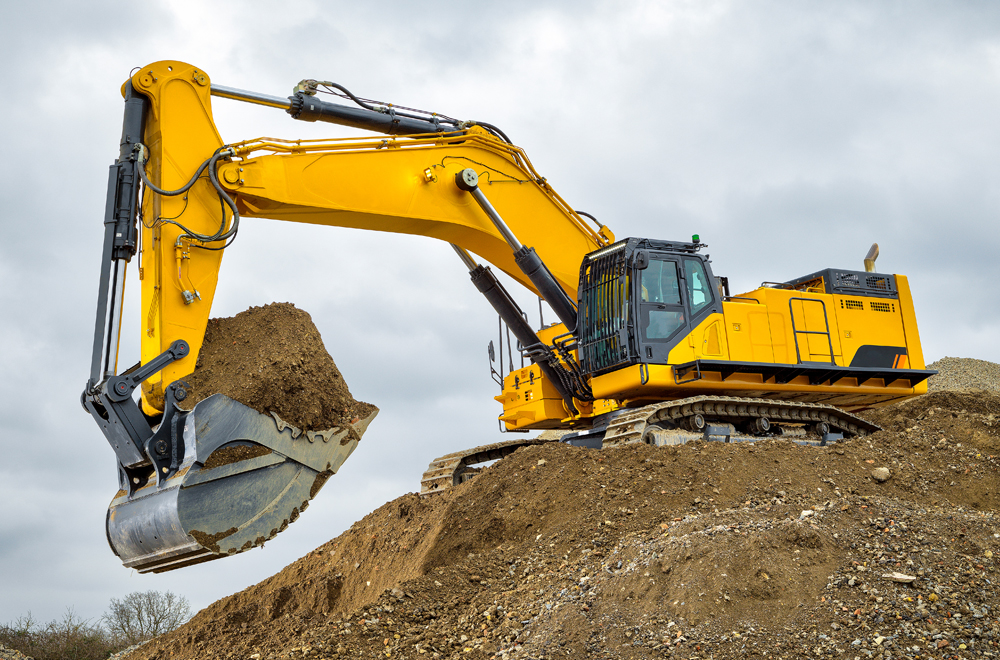
Secure Landfill Disposal
Landfills that can accept hazardous waste are as different from the old county dumps as a tricycle is to a new Cadillac. Landfills for disposal of hazardous wastes are required to meet very stringent Federal and state standards to protect public health and the environment. These standards have been established under the Resource Conservation and Recovery Act (RCRA) and govern the location, design, construction, operation and final closure of the landfill. All hazardous waste landfills must have RCRA permits that incorporate these standards. In addition, landfills must meet any more stringent state requirements, which often include on-site state inspectors, additional groundwater monitoring wells, restrictions on radioactive wastes, and more specific siting standards. State requirements cannot be less protective than the federal baseline.
Hazardous waste landfills must be engineered with double composite liners and a leachate collection system above and between the liners, as well as a leak detection system capable of detecting, collecting and removing any leakage between the liners at the earliest practicable time. If leachate leaks into either of the collection systems, it is removed and treated to protect the groundwater.

Landfills must also control run-on and runoff. Run-on must be diverted to prevent erosion to the landfill. Run-off of precipitation must be collected and managed to reduce the potential for off-site migration and to determine if the run-off is itself hazardous waste. Landfills must also be covered or managed so as to control wind dispersal.
All hazardous wastes shipped to landfills must be manifested so that regulators can trace the waste from “cradle to grave.” Wastes are tested to determine which hazardous constituents are present so that the proper treatment can be applied and to guard against problems of waste incompatibility. After treatment the material is tested again for toxicity and leachability before being placed in the engineered landfill cell for disposal.
Companies employ various technologies to meet treatment standards for hazardous wastes established by EPA, which are based on the performance of the Best Demonstrated Available Technologies (BDAT). Treatment technologies used prior to disposal in landfills include stabilization and neutralization of hazardous and non-hazardous sludges, soils, slurries, liquids, powders and dusts. Organic wastes (materials derived of living organisms or hydrocarbons such as oil) are chemically oxidized prior to land disposal and various proprietary stabilization techniques are used for metal-bearing waste rendering an insoluble, solid material for safe landfill disposal.
Minimum standards for security, inspections and personnel training are also established by EPA regulations. Siting restrictions assure that the landfill will avoid seismic, floodplain or other unstable conditions. Once a facility is no longer accepting wastes, the facility must comply with closure and post-closure care requirements that assure that the owners perform certain monitoring and maintenance activities for a minimum of 30 years. Strict financial responsibility requirements assure that funds will be available for the period after the facility is closed.
Many companies have used source reduction and recycling to reduce the amount of hazardous waste they send to landfills. In addition, some companies send industrial wastes that are not “hazardous” under RCRA, but that nonetheless contain toxic chemicals posing significant risks, to these engineered landfills for greater environmental protection and liability reduction.
Overall, hazardous waste management by U.S. companies has come a long way since Congress enacted RCRA in 1976. Today, hazardous wastes must be fully treated to significantly reduce toxicity and mobility prior to any land disposal. Landfills intended for hazardous wastes must be engineered with dual liners and related containment systems to protect the land and groundwater. These measures have prompted U.S. businesses to reduce their generation of hazardous wastes whenever practicable, and to securely manage the wastes that are generated in the manufacture of goods and products for American society.